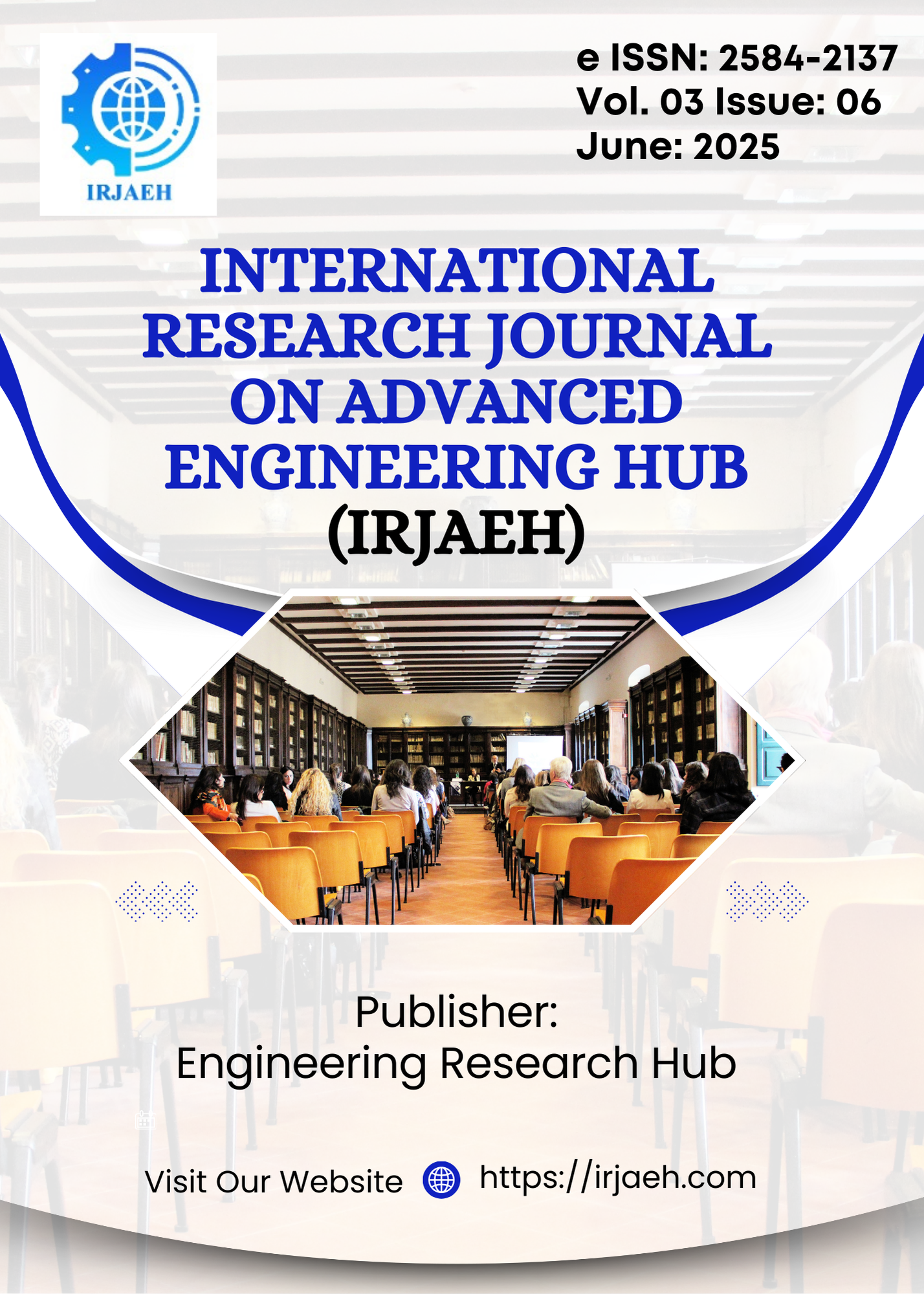AI-Powered Cybersecurity: A Unified Approach to Protecting Enterprise, Cloud, and SaaS Applications
DOI:
https://doi.org/10.47392/IRJAEH.2025.0445Keywords:
Threat Intelligence Automation, Self-Healing Security Systems, Multi-Cloud Security, Anomaly Detection, AI-Driven CybersecurityAbstract
With the advent of Artificial Intelligence (AI), cybersecurity paradigms have been turned on their head as AI was engineered to help address the increasing shortfalls of traditional static defense mechanisms. With cyber threats becoming more dynamic, more sophisticated and more multifaceted, AI becomes a core structural element in modern security architecture that supports increased ability to detect, predict and respond to threats in a dynamically adaptive way. This paper provides a critical review of the potential to integrate AI within a number of cybersecurity domains, such as endpoint and network protection, identity management, security of the multi-cloud infrastructure, SaaS ecosystem and threat intelligence systems unification. Real-time anomaly detection, behavioural analytics and automated incident response are all made possible through AI technologies such as machine learning and deep learning models, improving threat mitigation speed and accuracy. In addition, AI can play a role in improving the predictability of defence via data-driven models and feedback systems, a step towards more proactive than reactive security postures. Enabled by the capacity for exacting visibility and policy enforcement in cloud-native and SaaS environments in which traditional controls fail. The superiority of the performance of AI to discover malware, to detect the command-and-control traffic and to enforce identity-based access controls is validated by studies in Computer & Security, Information Sciences and Expert Systems with Applications. However, ethical and operational challenges associated with AI-driven cybersecurity, such as data bias and privacy, adversarial attacks, model interpretability and their confluence to identify key deviations from the ideal model also mark the road to deployment. In addition, the paper also demonstrates the transition from autonomous security operations to self-healing systems, which have the potential to transform incident response, allowing machines to learn, adapt and remediate those threats with little or no human intervention. These innovations are important for real-time protection in distributed and cloud-rich environments. This paper utilizes an extensive review of academic literature and empirical studies to outline how AI reinforces existing cybersecurity mechanisms and enables building foundations for next-generation cyber defence architecture that is intelligent, future-ready and resilient.
Downloads
Downloads
Published
Issue
Section
License
Copyright (c) 2025 International Research Journal on Advanced Engineering Hub (IRJAEH)

This work is licensed under a Creative Commons Attribution-NonCommercial 4.0 International License.

 .
. 